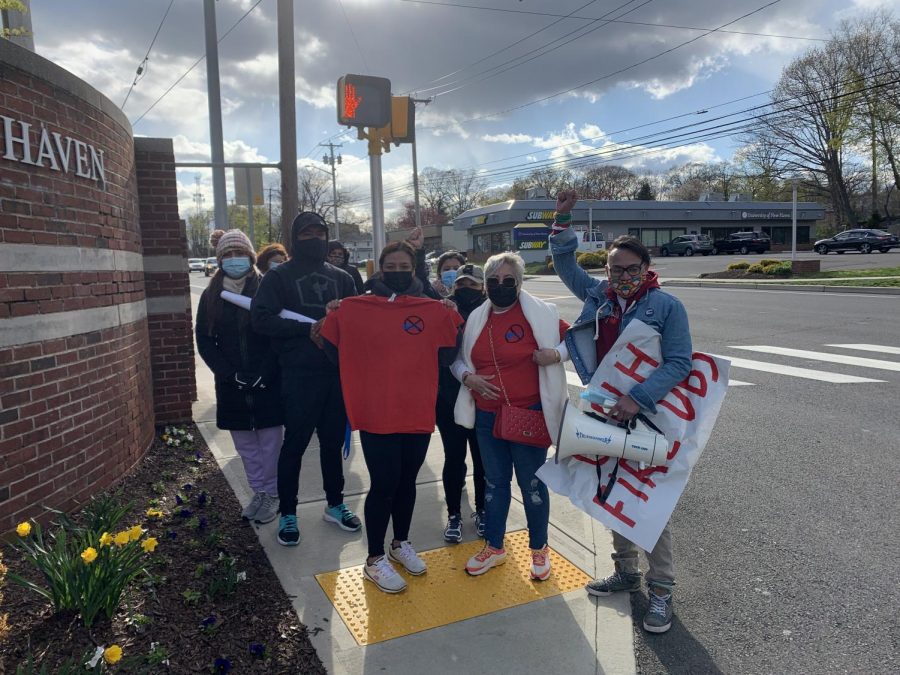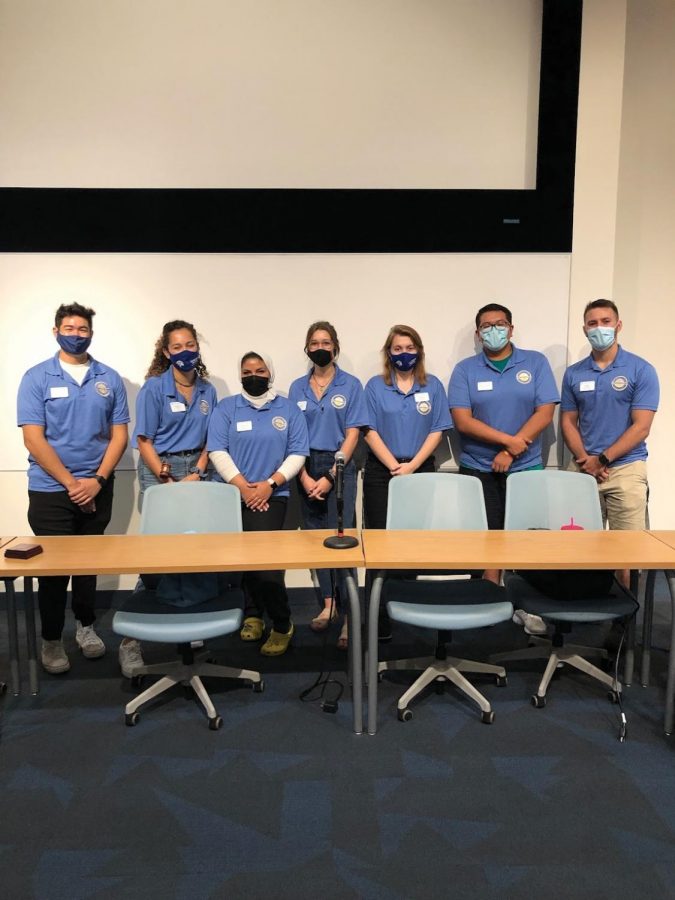Most people haven’t heard of the term “microaggression”. This isn’t statistical, merely from the fact that, when asked, only 4 people out of a half-filled Alumni Lounge last week raised their hands. Microaggressions are silent not in a literal way, but silent in that they may be accidental or indirect, so that they aren’t not taken with seriousness, or they’re merely disregarded.
Wanda Tyler, Director of Intercultural Relations here at the University of New Haven, began her presentation by posing this question, Monday Feb. 22.
The fact that people aren’t aware, poses a problem for both parties—the speaker of the microaggression, as well as the person to whom it’s said. The speaker may not realize that their words are inappropriate, and the receiver may realize those words made them feel a particular why, but unsure as to how or why.
There are three different categories of microaggressions.
First, one is called the “microassult” this can be likened to “old-fashioned discrimination,” states Tyler. In this type of insult, the perpetrator can guarantee anonymity, like an online comments section.
It is also done when the perpetrator is around like-minded people who may support or fuel the comments and continuation of behavior. Finally, when the perpetrator loses control, has been drinking for example, this is usually the kind of insult used. The microassult is not subtle; intent is clear, both in word and action.
The second category of microaggression is the microinsult. These are often subconscious, subtly said words, but insensitive, and do demean a person’s identity. One type is an assumption of intelligence. This is said in a way to mean the person is a credit to their own race, gender, etc. An example can be is saying, “Wow you’re actually an engineering major?” to a female student. Another example is saying “You’re so smart/beautiful/funny…. (insert any adjective) “…for a girl, Asian, African American” (for any grouping of people). This is not a compliment, adding the last part “for a ….” just invalidates the whole group of people that person identifies with.
The second type of microinsult is one of “second-class citizenship.” An example is assuming that because a person is from a culture, that they do a certain job. It is taking stereotypes about non-Americans and giving them validity, such as assuming a Mexican person is the dishwasher instead of the manager.
Third, there are environmental microinsults. An example can be pictures of white men (only) framed on a wall showing accomplishments. Something placed for everyone to see. Fourth is the assumption of abnormality. This refers to taking regular words and giving them a meaning to demonstrate something wrong or abnormal. Examples are “that’s so gay” and “that’s so retarded.”
The last category of microaggressions is microinvalidations. These negate the experiences and reality of a person. One type is denial of individual discrimination. For example, if someone is confronted about their racist actions, they respond with “No, of course I am not racist, I voted for Obama.” The person is presenting extraneous information to distract from the topic at hand that they don’t want to address. A second kind of microinvalidation is invisibility. A professor not wanting to remember the names of international students, or giving them a nickname instead, is an example. A third microinvalidation is being an alien in ones own land. This can be a foreign-looking person persistently getting asked “but, where are you (actually) from?”, because they are not a white-American, even if they have lived in America all their lives, as have their parents, etc.
In conclusion, microaggressions may appear to be quick digs at a person, but their complexity is much more pronounced than their seeming-simplicity.
Microaggressions reduce emotional and mental health, group moral, and productivity. There is the “Pile-On-Principle,” stating that microaggressions add up to a snapping point. Think about that the next time you see someone upset or in a bad mood; they could have gone through half a dozen microaggressions by dinnertime.
If you catch someone or yourself initiating a microaggression, take a step back and empathize. If you are the victim of one, make sure to address it instead of overlooking it. People may not have evil intentions, but they still must be made aware of how they cause another human being to feel.










